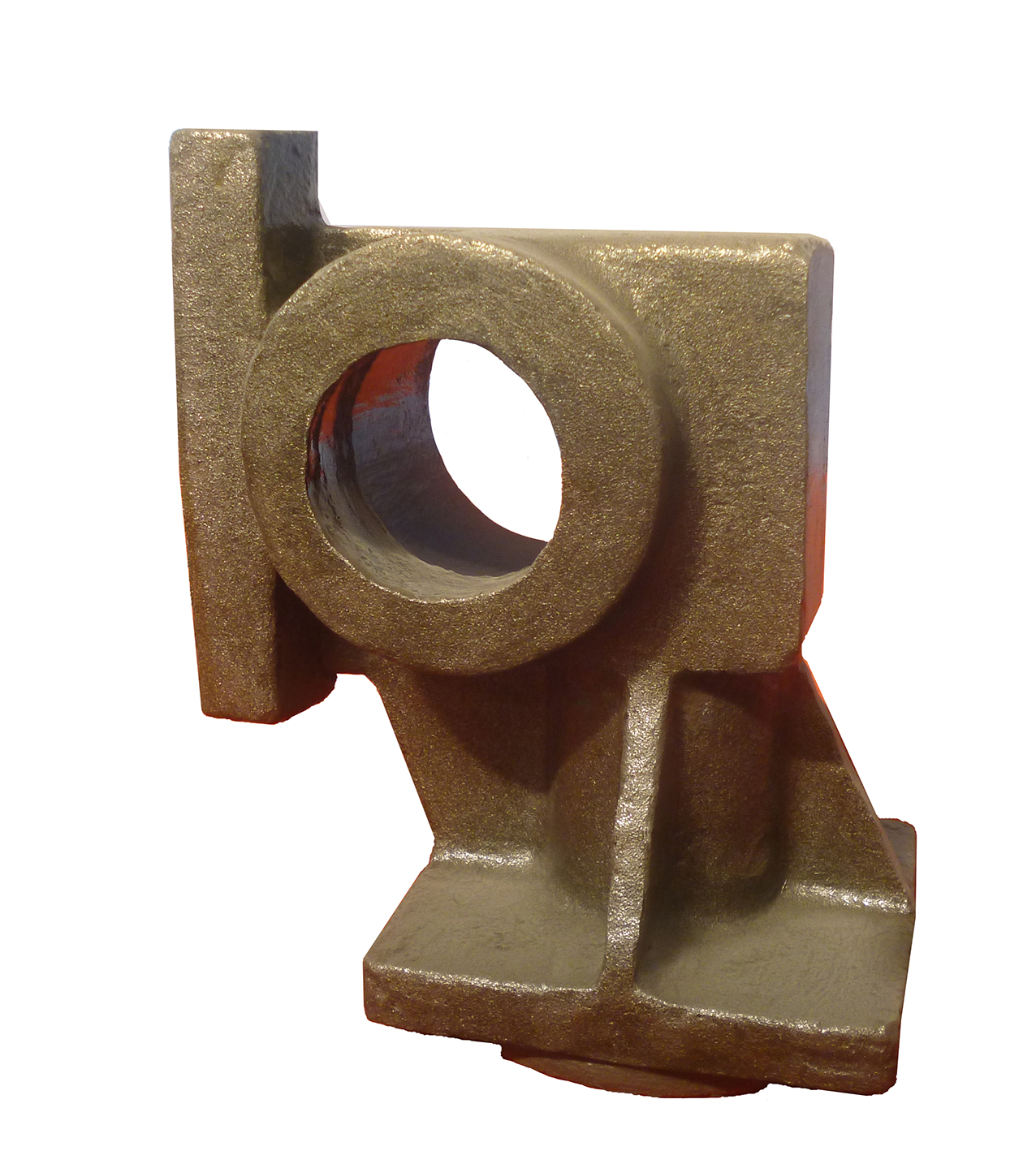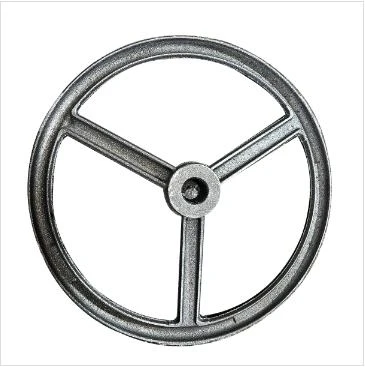svi . 15, 2025 11:50 Back to list
Precision Stainless Steel Casting Services Sand/Investment/Die Casting
- Industry Overview: Global Demand for Stainless Steel Casting
- Technical Advantages of Modern Casting Processes
- Supplier Comparison: China vs Global Foundries
- Custom Solutions for Complex Engineering Requirements
- Material Performance Data Across Alloys
- Case Studies: Successful Applications in Heavy Industries
- Strategic Sourcing of Stainless Steel Investment Casting

(stainless steel casting)
Why Stainless Steel Casting Dominates Industrial Manufacturing
The global stainless steel casting
market reached $14.8 billion in 2023, with China accounting for 38% of production output. This growth stems from increasing demand in energy infrastructure (23% sector share) and chemical processing equipment (19% sector share). Grey iron and brass components now represent 41% of dual-material assemblies requiring stainless steel interfaces.
Technological Edge in Metal Forming Processes
Advanced sand casting techniques achieve surface roughness of 3.2-12.5μm Ra, while investment casting enables ±0.1mm dimensional accuracy. Our hybrid die casting-machining workflow reduces post-processing costs by 40% compared to traditional methods.
| Process | Tolerance (mm) | Surface Finish | Cost Efficiency |
|---|---|---|---|
| Sand Casting | ±0.5 | 12.5-25μm | High |
| Investment Casting | ±0.1 | 3.2-6.3μm | Medium |
| Die Casting | ±0.05 | 1.6-3.2μm | Low |
Global Supplier Benchmark Analysis
Chinese foundries deliver 15-20% cost advantage through integrated machining capabilities, while maintaining 98.6% material utilization rate. European counterparts lead in aerospace-grade certifications but operate at 2.3x longer lead times.
Tailored Production for Specialized Applications
Our modular casting systems handle components from 50g to 800kg, supporting 17 alloy grades including duplex stainless steels. Client-specific solutions incorporate:
- 3D-printed sand molds for prototype development
- Automated grinding stations for high-volume orders
- X-ray inspection integration
Material Performance Metrics
304 stainless steel castings demonstrate 515MPa tensile strength at -196°C, outperforming brass alternatives by 62% in cryogenic environments. Our proprietary heat treatment enhances copper alloy hardness to 220HB without compromising conductivity.
Real-World Implementation Success Stories
A recent offshore drilling project utilized our nickel-aluminum bronze impellers (CF8M grade), achieving 18,000 operational hours in high-salinity conditions – 35% longer lifespan than industry average.
Optimizing Stainless Steel Casting Procurement
Strategic partnerships with ISO 9001-certified Chinese foundries reduce total ownership costs by 28% through localized machining clusters. Our vetted network covers 90% of industrial alloy specifications while maintaining RoHS and REACH compliance.

(stainless steel casting)
FAQS on stainless steel casting
Q: What are the advantages of choosing a Chinese foundry for stainless steel casting, grey iron, brass, or copper sand casting?
A: Chinese foundries offer cost-effective solutions with advanced sand casting and machining capabilities for stainless steel, grey iron, brass, and copper. They adhere to international quality standards (e.g., ISO) and provide scalable production for bulk orders. Competitive pricing and fast turnaround times make them a global supplier choice.
Q: How does stainless steel investment casting compare to die casting for precision parts?
A: Stainless steel investment casting delivers intricate, high-detail components with smooth surfaces, ideal for complex geometries. Die casting suits high-volume production of simpler stainless steel parts with tighter tolerances. The choice depends on design complexity, volume, and budget requirements.
Q: Can I get both stainless steel die casting and machining services from a single supplier in China?
A: Yes, many Chinese foundries offer integrated die casting and CNC machining services for stainless steel parts. This end-to-end approach ensures dimensional accuracy and reduces lead times. Suppliers often provide material certifications and surface treatment options like polishing or plating.
Q: What factors should I consider when buying a stainless steel investment casting foundry?
A: Evaluate the foundry's expertise in stainless steel grades (e.g., 304, 316), quality control processes, and certifications like ISO 9001. Review their portfolio for similar investment casting projects and inquire about post-casting machining capabilities. Logistics support and MOQ flexibility are also critical considerations.
Q: Are Chinese stainless steel sand casting parts suitable for high-temperature applications?
A: Yes, Chinese foundries produce stainless steel sand casting parts with grades like CF8M or HK30, designed for heat resistance up to 1150°C. Proper alloy selection and heat treatment ensure performance in industrial furnaces or automotive exhaust systems. Always specify application requirements to confirm material compatibility.
-
Durable Cast Steel Concrete Pipe Mold Bottom Rings & Base Trays
NewsAug.23,2025
-
Centrifugally Cast Iron Water Main Pipe for Reliable Mains
NewsAug.22,2025
-
Durable Centrifugally Cast Iron Water Main Pipe
NewsAug.11,2025
-
Centrifugally Cast Iron Water Main Pipes for Reliability
NewsAug.10,2025
-
High-Quality Centrifugally Cast Iron Water Main Pipes
NewsAug.09,2025
-
Durable Cast Iron Water Main Pipe & Drainage Solutions
NewsAug.08,2025


